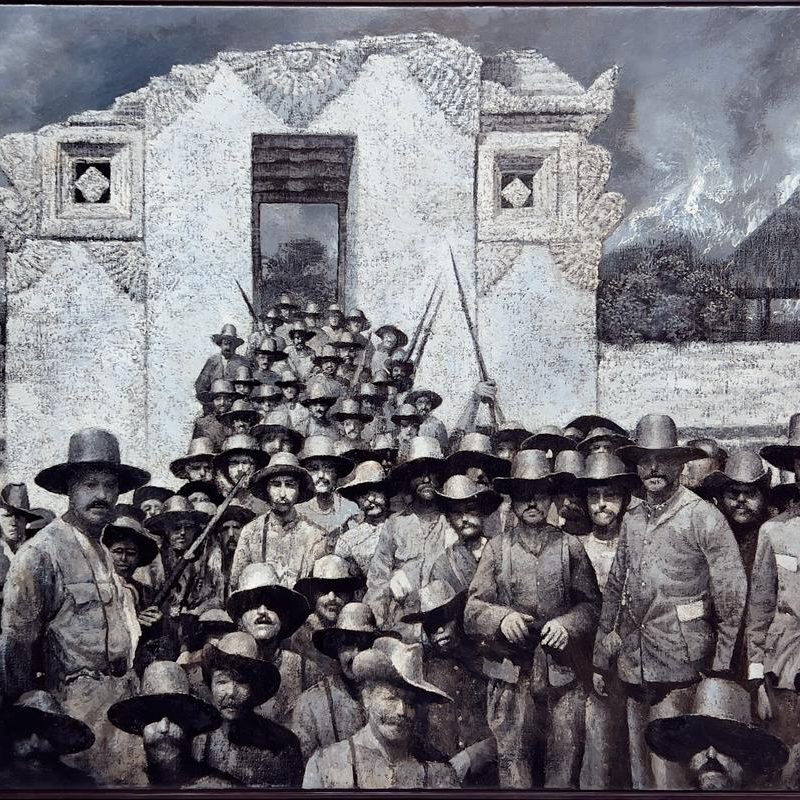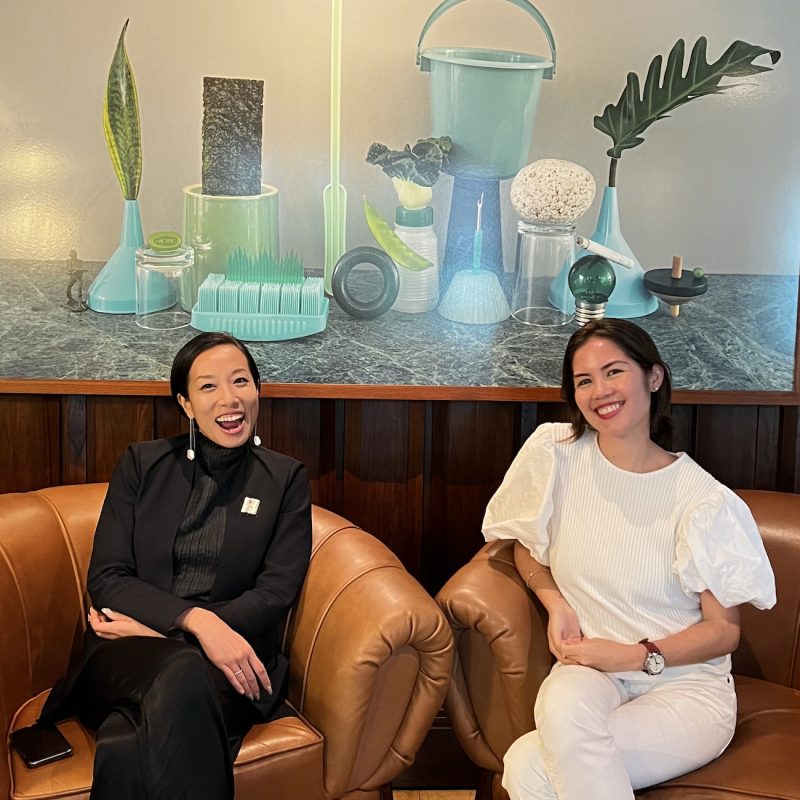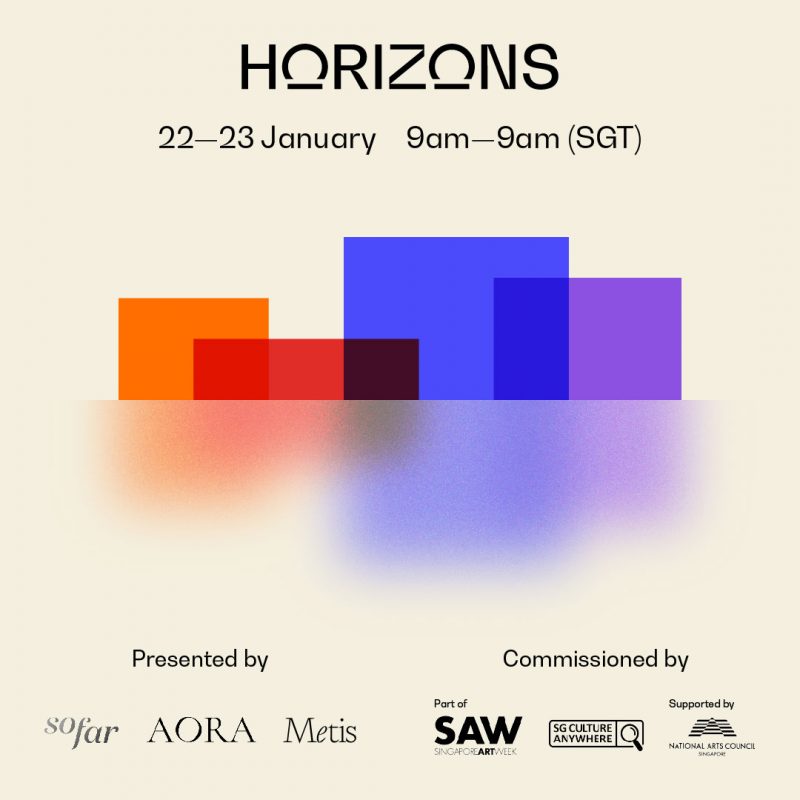Can you firstly share a little bit about your role as Director of STPI Gallery? What does that entail?
My position is a fulfilling one: in part, due to the extensive initiatives and projects that we like to embark on.
STPI comprises two main arms: the creative workshop and the gallery. The workshop is where our expert print and papermakers collaborate with international artists to produce new works through our residency programme, and most of the artists encounter these technical processes for the first time.
As for the gallery, which I’m the director of, our main function is to bring awareness and insight into the residency’s artworks. We do this through exhibitions, as well as through year-long programming comprising artist talks, panel discussions, workshops, collector events and any other activities that would enhance the experience of the diverse set of viewers encountering these works. These artworks are also brought into the international art circuit through our participation in fairs, and we are especially invested in increasing publicity and awareness for our Singapore artists on international platforms.
Beyond this crucial function, we also have our hands full with other activities. We host workshops outside of exhibition-related ones to promote understanding for print and papermaking, support S.E.A. Focus (our Executive Director Emi Eu is also their Project Director), as well as take part in initiatives connecting us to the art community, such as SOUTH SOUTH, Galleries Curate and Art Galleries Association Singapore (which I am the Vice-President of), among others.

‘Amanda Heng: We Are the World – These Are Our Stories’ opening night, 2017, (left to right) Rita Targui, Jane Ittogi, Amanda Heng, Emi Eu. Image courtesy of STPI – Creative Workshop & Gallery, Singapore.
STPI has a long history and presence in the Singapore art ecosystem, developing Singapore as a leading player in the contemporary art world. Can you speak about that process of development, and how STPI has managed to situate itself in the global sphere?
STPI was established in 2002 and has come a long way. Internationally-renowned artists such as Do Ho Suh, Haegue Yang, Rirkrit Tiravanija, Jason Martin and Lee Bul, have worked with us. By bringing these artists to our shores, we open up our domestic market to these key players, creating a more vibrant art ecosystem.
We are also the first and only Southeast Asian gallery to take part in all three editions of Art Basel for a sustained period of time, as well as having participated in other leading fairs like Frieze London, FIAC and The Armory Show. Through these fairs, STPI has established our international presence, connecting with contemporaries from all around the world. It is also heartening to see the artworks being so well-received by a global audience.
We remain steadfast in our mission of promoting unique experimentations in print and paper, where our space is an incubator for both inventive artistic collaborations as well as nurturing a whole generation of local print and papermakers (of whom make up our workshop team). This is what differentiates us in the global art arena.
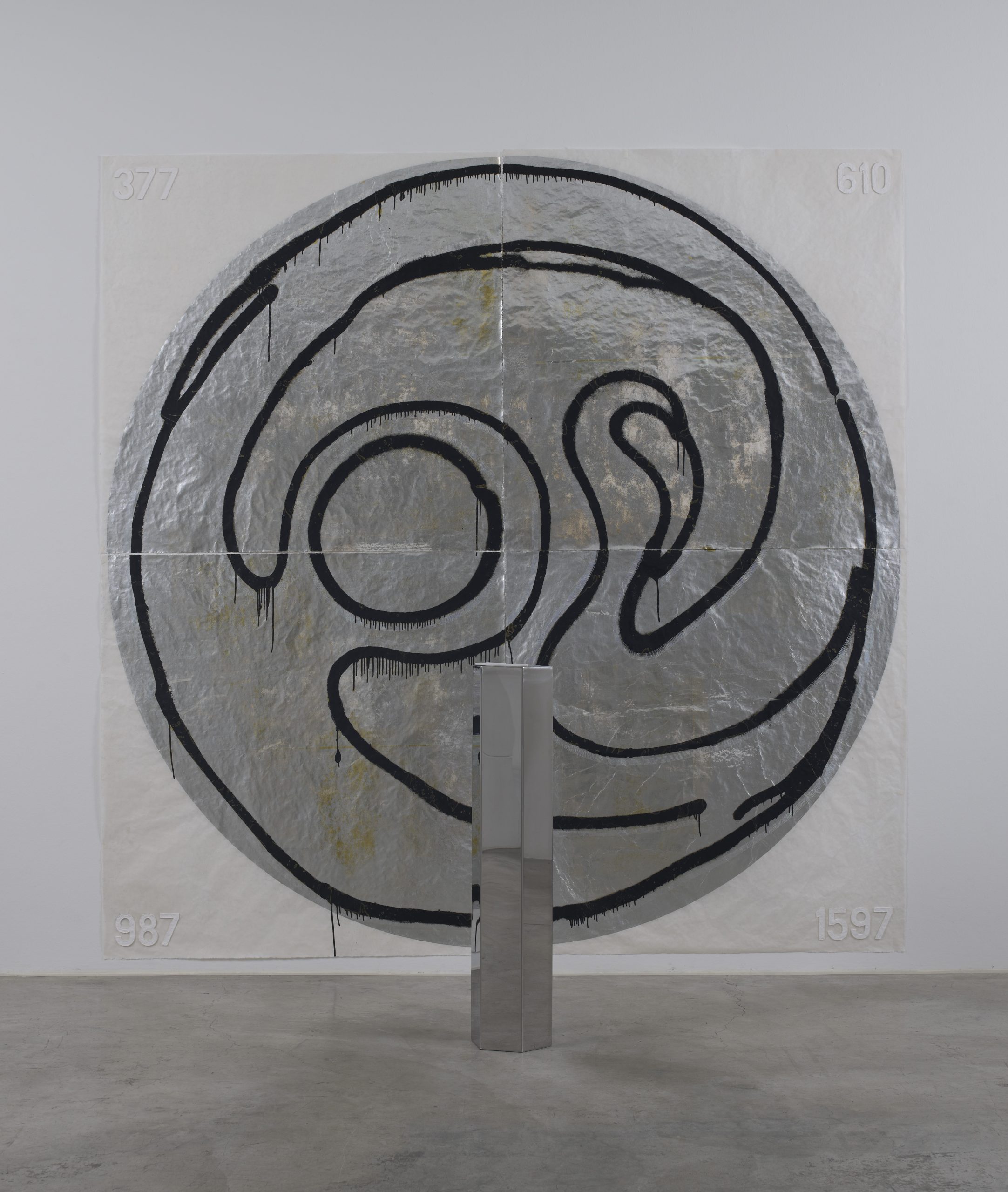
Rirkrit Tiravanija, ‘Fourth chapter: one magical round, history strings, brush (or paint) the past away and welcome the present’, 2013, Screenprint, Metal foil, cast paper, STPI handmade abaca paper, stainless steel pedestal, 3D printed object, 259.5 × 259.5 cm. © Rirkrit Tiravanija / STPI. Image courtesy of the Artist and STPI.
A portion of the fees from our next instalment of The Tetrad will be donated to STPI. Can you talk a little bit about what you think of the role of collecting in Singapore’s art ecosystem, and how that relates to your organization?
Collectors play a pivotal role in supporting artists, galleries and independent initiatives. In some cases, they build up important private collections, and some even start their own foundations to champion the artists and causes they believe in.
Specifically for STPI, we are glad to have cultivated valuable relationships with our patrons. It is heartening to see the same faces turning up for our events, and we look forward to welcoming them back each time. STPI is also a non-profit organisation, and we rely heavily on the generous support of our donors, many of whom are collectors as well, to keep our operations running.
Thus, when collectors purchase from or donate to us, it reaffirms what we do as an organisation and provides us with the tools to continue our work.
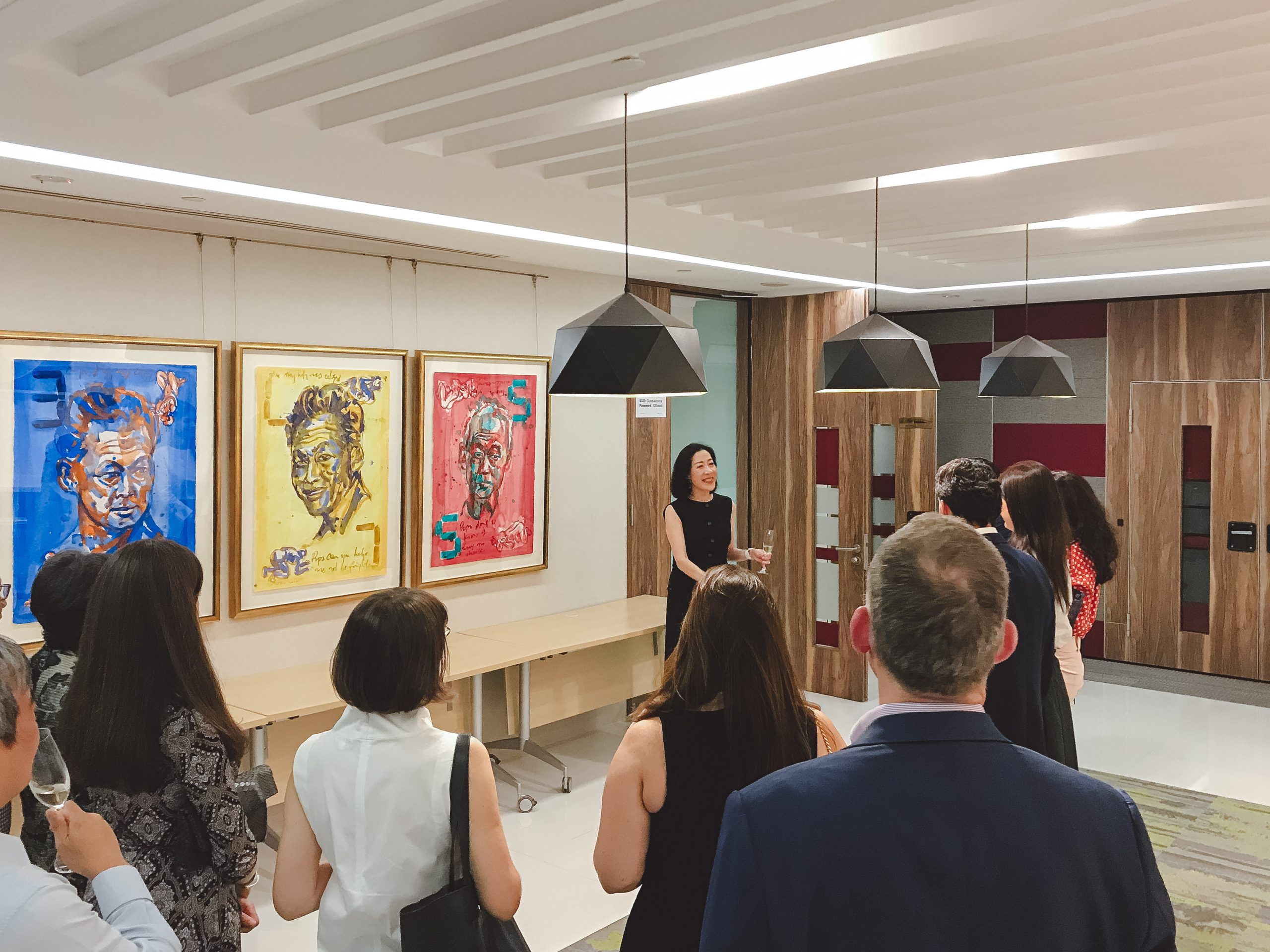
Friends of STPI House Call at Baker Mckenzie & Wong, 2019. Image courtesy of STPI – Creative Workshop & Gallery, Singapore.
STPI also provides an entry-level space for young patrons of the arts in Singapore. How does STPI position itself as a welcoming home for these younger patrons, amidst the often insular and intimidating art world?
The gallery is conscientious about creating engaging and educational programmes, as these are entry points to easily access and learn about STPI and the art scene at large. For example, artists, curators and other members of the art world are regularly invited to speak more about their practices. Through these insightful sharings, the audience gets an unmediated account of the processes and impetuses of these key players.
Practically, our gallery has a range of price points that caters to a wide body of patrons. This is a conscious effort on our part to make art collecting more accessible, especially for a crowd that would like to start small as they embark on their collecting journey.
Lastly, our membership programme, Friends of STPI, is where we actively broaden our members’ access to the arts through our widespread network. For example, we invite our Friends to significant private collections of key art collectors and corporations through our House Call programme. Ultimately, it is about creating a congenial and comfortable community to share our love for the arts. Whether you’re a seasoned collector or a younger patron, we welcome you all to come on this journey with us.
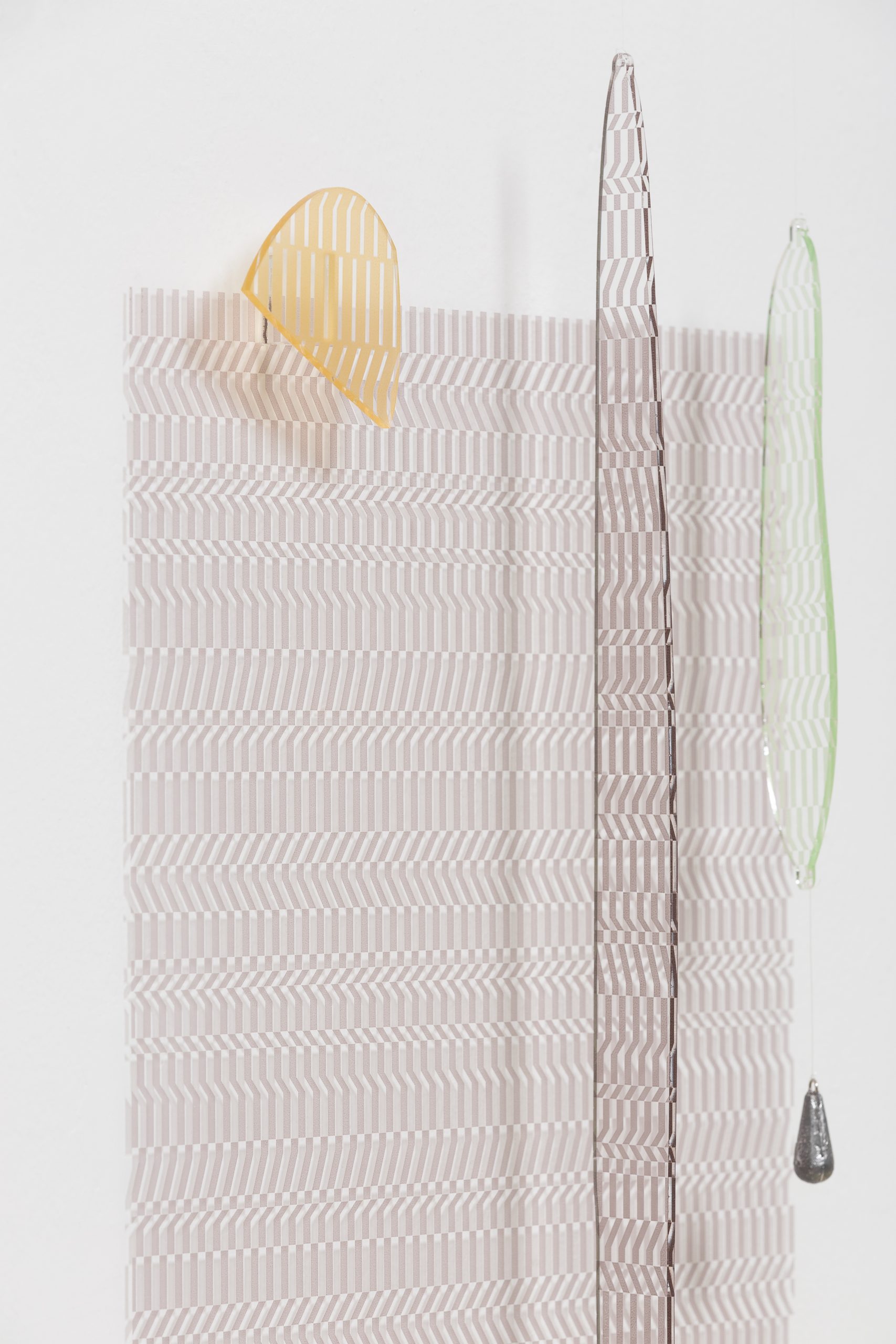
Genevieve Chua, ‘It Had To Happen’, 2020, Screenprint on acrylic, 140.5 x 44 x 4 cm. © Genevieve Chua / STPI. Image courtesy of the Artist and STPI.
The roster of artists represented at STPI is diverse and enigmatic, ranging from younger artists such as Genevieve Chua and Aaron Curry, to pioneers like Han Sai Por, Do Ho Suh and Goh Beng Kwan. To conclude, can you speak about how this diversity has shaped STPI?
Each artist brings with them something unique to their practices. We invite them based on how STPI can support and bring their oeuvre to new heights. Interestingly, most are not trained in print or papermaking, so it is always fascinating to see what they produce.
Take for example Do Ho Suh, who is well-known for his massive three-dimensional fabric sculptures. With us, he found new ways to articulate his enduring concern of home, belonging, space and memory through his technically groundbreaking thread drawings. These drawings broke down the composition of fabric by using thread as the drawing material, and his sculptural forms were “flattened” onto paper. It provided a whole new path for how the artist presents his long-standing imageries and concerns.
Being able to see how artists push the boundaries of their practice is one of the most stimulating aspects of my job. As we are inviting them to work in an unfamiliar medium, each collaboration is always a brand new project. It is through this constant unknown — holding the doors open for newness and chance — that STPI finds its dynamism and uniqueness.






